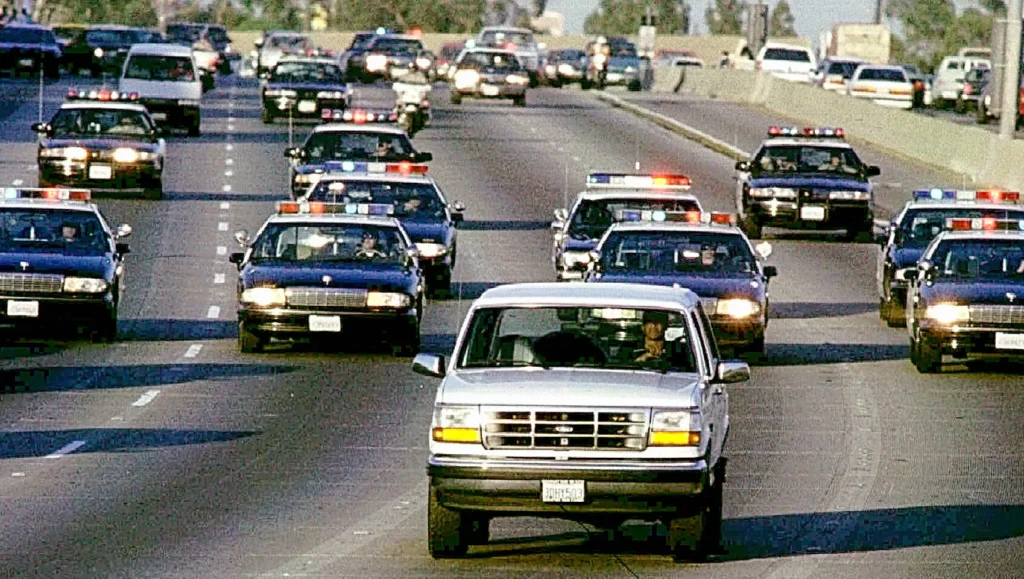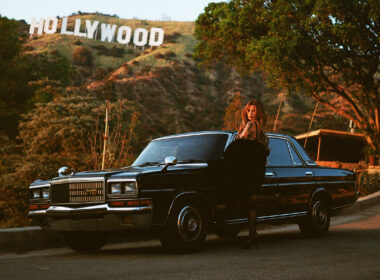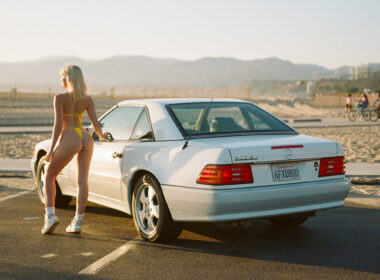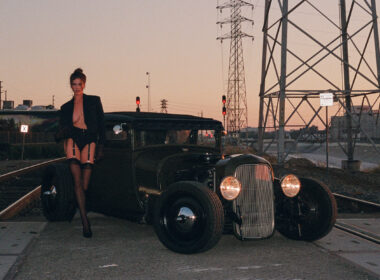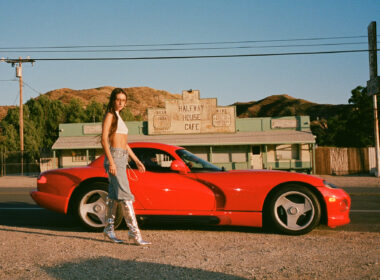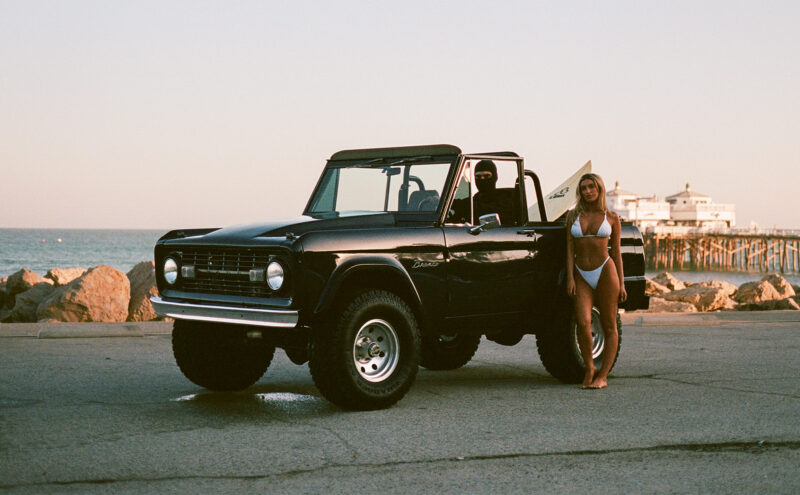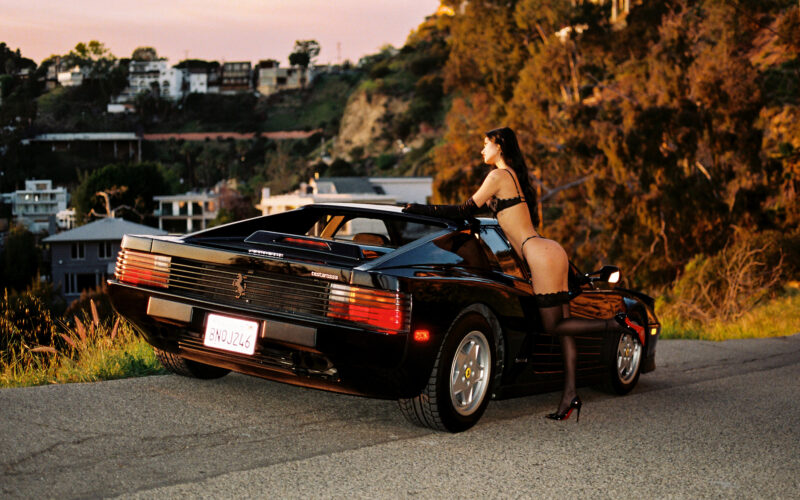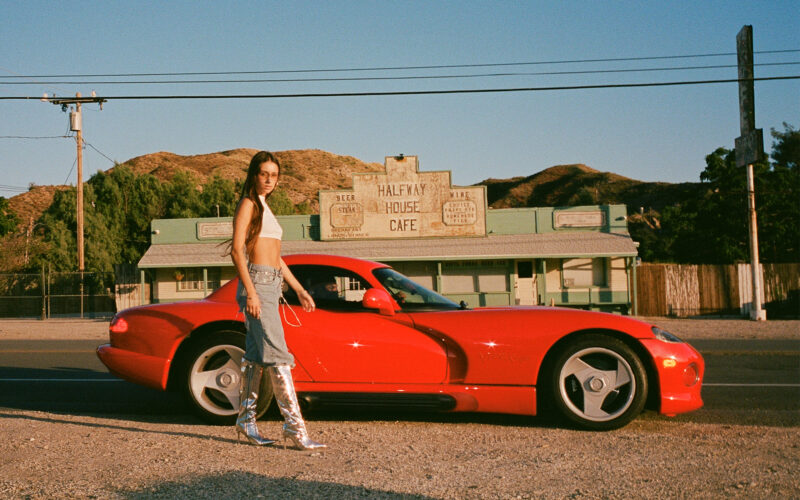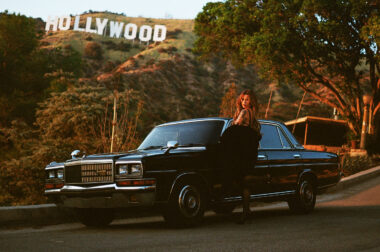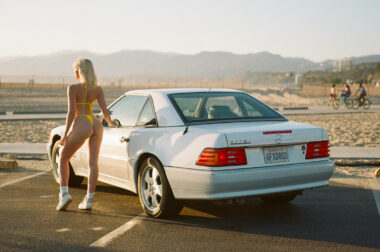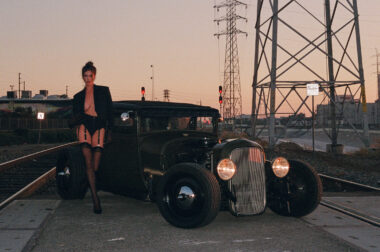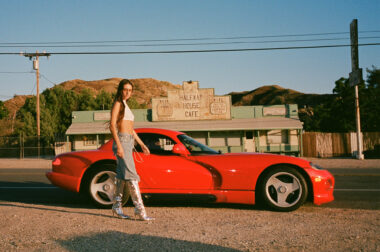On August 11, 1965, Don Frey, the Ford Motor Company Vice President and Ford Division General Manager introduced the Ford Bronco to the world by announcing the company had added another pony to the lineup to join its successful big brother, the Mustang. The Bronco was the first of its class, being called out specifically as a “Sports-Utility Vehicle. During World War 2, Ford worked closely with Bantam and to develop the Jeep and successfully produced over 250,000 of them, with surplus Jeeps becoming very popular amongst veterans and outdoor enthusiasts after the war had ended. With the developing highway system and a demand for a more comfortable driving environment, the team at Ford saw an opportunity in the market to innovate.

In 1962, Ford began to survey existing Jeep owners to see what they liked and disliked about the vehicle and their findings unveiled the owners distaste for the Jeep’s “poor comfort, ride, noise, and vibration qualities” in addition to the low power and vehicle size. After the data revealed a gap in the market, it was sent to the Ford Product Planning Committee with a request for funding to develop a Ford utility vehicle under the code name, “Bronco” and the project to build the ultimate all terrain vehicle began.

On July 24, 1963 the earliest sketches for the Bronco were drawn by Mckinley Thompson, Ford’s first African American designer, and showed the now widely recognizable signature box shape with the round headlights and two door layout. After constant revisions over the next year, its features were molded and described by Don Frey as “neither a conventional car nor a truck, but as a vehicle which combines the best of both worlds. It can serve as a family sedan, as a sports roadster, as a snow plow, or as a farm or civil defense vehicle. It has been designed to go nearly anywhere and do nearly anything.” The vehicle was initially offered in three body style configurations, the Roadster, Sports Utility and Wagon. The Roadster was the most basic model and had no roof or doors but could be added as an option. The Sports Utility was the same as the Roadster except it had a short steel roof, metal side doors, bench seating for three and a pickup style bed. Lastly, the most popular model was the Wagon which featured a full length hardtop roof and bench seating for up to five.

All three models were equipped with standard four-wheel drive, a 3-speed manual transmission and a 170-cubic inch six cylinder engine that produced 105 horsepower with an optional 200 hp 289 cubic-inch V-8 engine offered as an upgrade in 1966. The first generation Bronco was built on a 92-inch wheelbase and used box section body-on-frame construction. Ford created a great base for customers to work with and encouraged buyers to customize their vehicle to their liking with a range of options and accessories available on their catalog, from snowplows, to winches, tow hooks and even two way radios. The Bronco was marketed as an adventurer’s dream with endless customization possibilities.

Shortly after rolling off the production line, the Bronco started grabbing wins at off-road competitions like the 1967 and 1968 Riverside Four-Wheel Drive Grand Prix, the Mint 400 and the Baja 1000. The off-road racing attracted celebrities like actor James Garner and band leader Ray Coniff who joined the Ford Racing team to competitively drive the new Bronco. Since its conception, the first generation Bronco has been used in many movies and television shows including Speed starring Keanu Reeves, Charlie’s Angels, HBO’s Ballers, Entourage and many others.
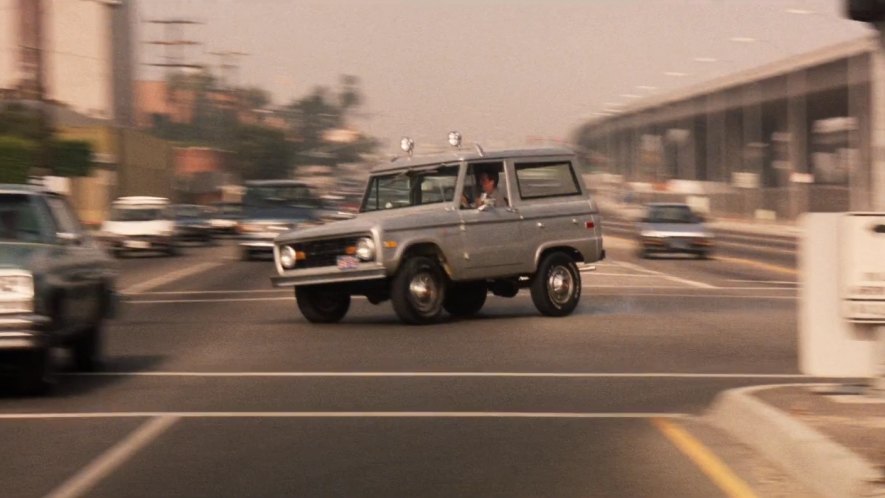
Although in this story we are highlighting the first generation Bronco, it is safe to say the infamous 1993 OJ Simpson police chase which featured the fifth generation Bronco brought some more attention to the Bronco name. On June 17, 1994 in Los Angeles, OJ Simpson became a fugitive after being charged with double murder of his ex-wife Nicole Brown and her friend Ron Goldman. Instead of turning himself in, he took off resulting in one of the most watched events in TV history. Simpson, a superstar running back for the Buffalo Bills and former Heisman Trophy winner, fled in the backseat of his white 1993 Bronco with his best friend and former teammate Al Cowlings behind the wheel. The police chase lasted about 45 minutes and eventually ended at OJ Simpson’s mansion, where he surrendered to Police.
